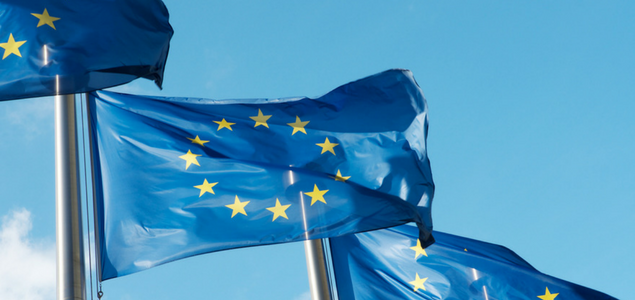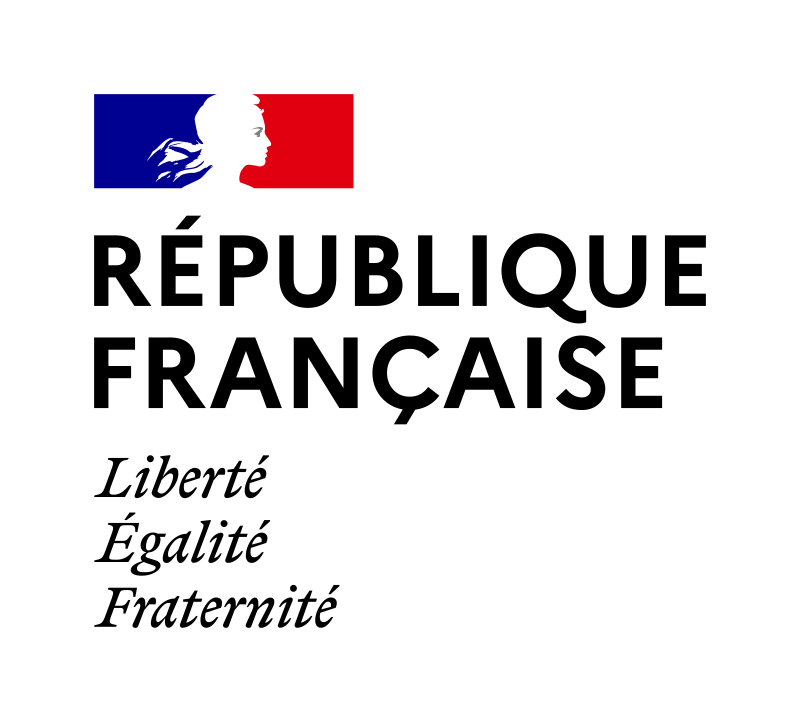
It is within this context that RISE published Europe's Future: Open Innovation, Open Science, Open to the World earlier this year. In the wake of this, the Commission decided to undertake a tour of the continent’s capitals to foster a pan-European discussion on the publication. Paris was the first stop, and it was widely attended by representatives from a wide spectrum of French stakeholders and institutions.
The main messages from the participants in the discussion are outlined below:
Building on European values: openness, inclusiveness, diversity and sustainability
We must frame our research & innovation (R&I) policies and funding within the context of European values. These include openness, inclusiveness, cooperation, European construction, the circulation of knowledge, excellence, sustainability and the overall UN 2030 agenda of SDGs. European values are even more important today given the international context.
R&I actions must combine excellence and leadership with inclusiveness, cross-border cooperation and information sharing. The vision, missions and assessment of their impact should involve political institutions and citizens from EU member states to ensure European sovereignty, stability and resilience, as well as access to knowledge.
The long-term decrease in productivity growth and the paradoxical coexistence of high-quality research and low rates of innovation in Europe calls for a new Framework Programme (FP9), which will not only cater to the advancement of knowledge and the creation of innovative solutions but will also be a means to realize the European project. Going forward, it should be our aim to sustain a constructive dialogue between the European Commission and EU member states so that the FP9 takes into account the priorities and constraints of all member states and their citizens.
Focusing on the impact on citizens
The focus should be on the end results of R&I policies and the short- and long-term impacts brought about by such efforts. Investment in research and innovation should be encouraged, and European citizens must understand in what and why we invest. Since R&I budgets are limited – and will continue to be in the foreseeable future – we must focus on initiatives that translate into added value to citizens and firms at the very outset. The framework should therefore enhance firms’ access to basic research, quality partnerships and the skills employed in their innovation efforts while at the same time encouraging “regulatory sandboxes” for innovation. EU value added also comes from linking innovative solutions with markets, both in local experimentation and on the scale of the single market. Particular emphasis should be placed on scaling up worthy projects as access to market is fundamental for the growth and survival of potentially valuable ventures. To this effect, access to capital should be enhanced for start-ups and entrepreneurs.
Approaching R&I as a mission will help us create a narrative for our citizens while ensuring inter-disciplinarity and a collective dimension, contributing to the European project. Indeed, innovation increasingly takes place across disciplines and sectoral and ministerial boundaries. As a result, such interdisciplinarity should be reflected in basic research and policy as well. While the H2020 framework seems to be valuable for a start, the new framework should strike a balance between crafting and communicating a vision and remaining flexible to allow for experimentation. The new framework programme should also take into account possible challenges to a mission-oriented approach to innovation in the EU.
Multiple valuable solutions may exist in response to multi-faceted issues. Therefore, while European and national institutions may set the agenda for research, it seems counterproductive for the latter to promote their expectations regarding the results of research initiatives. Appropriate communication and empowerment of private and public bodies should help build momentum and gain widespread approval from institutions, researchers and citizens alike. Besides, there is potential for substantial heterogeneity among member states regarding the prioritization of the missions and the regulations involved. Innovation policy should therefore take a long-term approach and avoid being constrained by political timeframes. Relevant metrics should be put in place to track progress and help move the agenda forward. Finally, we need more long-term thinking, encouraging synergies, including ‘locking up’ European infrastructure.
Ensuring excellence and global competitiveness
Scientific excellence and industrial competitiveness reinforce each other. Europe must build on its comparative strengths while positioning itself over the long term in key enabling technologies and new markets. This requires a strengthening of the framework conditions and of the links between the components of the innovation value chain, from basic research to markets. In practice, this translates into policies which streamline funding, improve education and access to knowledge and its dissemination.
There is a substantial opportunity for Europe to take the lead on key issues such as climate change and artificial intelligence. This requires a flexibility of instruments and a capacity for rapid response. While innovation policy is widely recognized to be to a very large extent a matter of budgetary policy, particular attention should be placed on the allocation and subsequent use of resources. The EU should streamline resources to high-impact projects while paying particular attention to teams that have the relevant skills to carry them to fruition, thereby ensuring basic research is also translated into social surplus. Excellence should be gauged both by the short- and long-term potential benefits of projects and by the teams’ and researchers’ capacity to properly execute such projects. Funding innovation should also reflect the risky and uncertain nature of projects, requiring proof of concepts before extending further funding.
Excellence and industrial competitiveness are linked through ecosystems, i.e. border-breaking spaces for creativity, mixing cultures and innovative people. This is the essence of open innovation, which empowers leaders as well as large and small firms. Policy should nurture innovation ecosystems so as to enhance the spread of knowledge, foster a culture of innovation and encourage the risk-taking necessary for market-creating innovation. Such an approach will bolster the efforts of larger firms fighting in global markets with both radical and incremental innovation, and entrepreneurs undertaking the risky enterprise of probing markets for their potential. The establishment of a European innovation council or agency could serve as the foundation stone, supporting national initiatives in responding to these challenges.
Finally, downstream capabilities should also be strengthened. Public procurement has a major role to play in accelerating the development, adoption and diffusion of innovation. A technical culture should be promoted among the general public so as to push end-users to initiate and develop innovation as well as assess the impact of policies.
Click here to subscribe to our newsletter, In Brief






